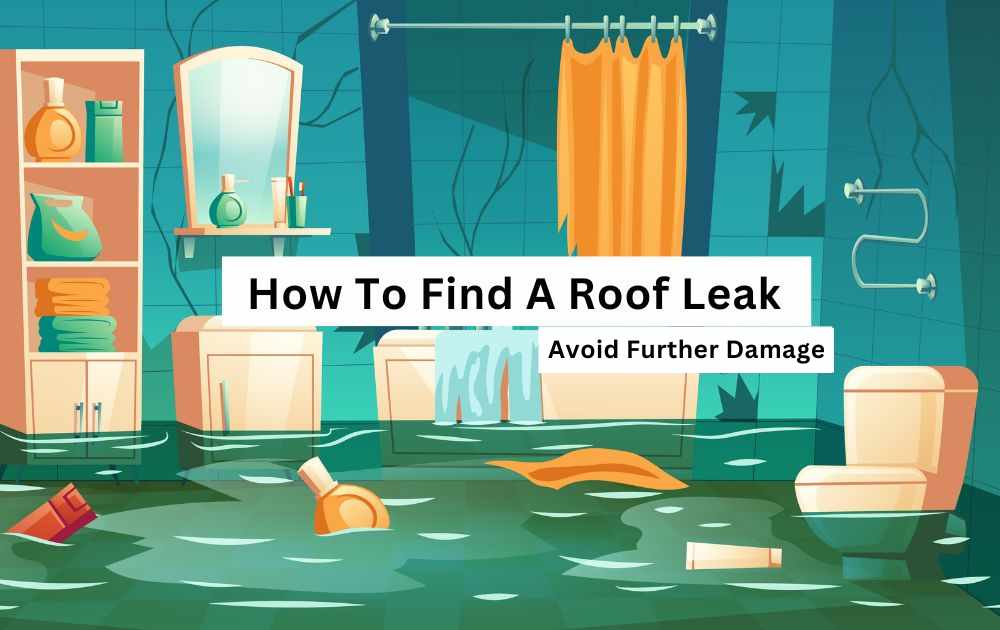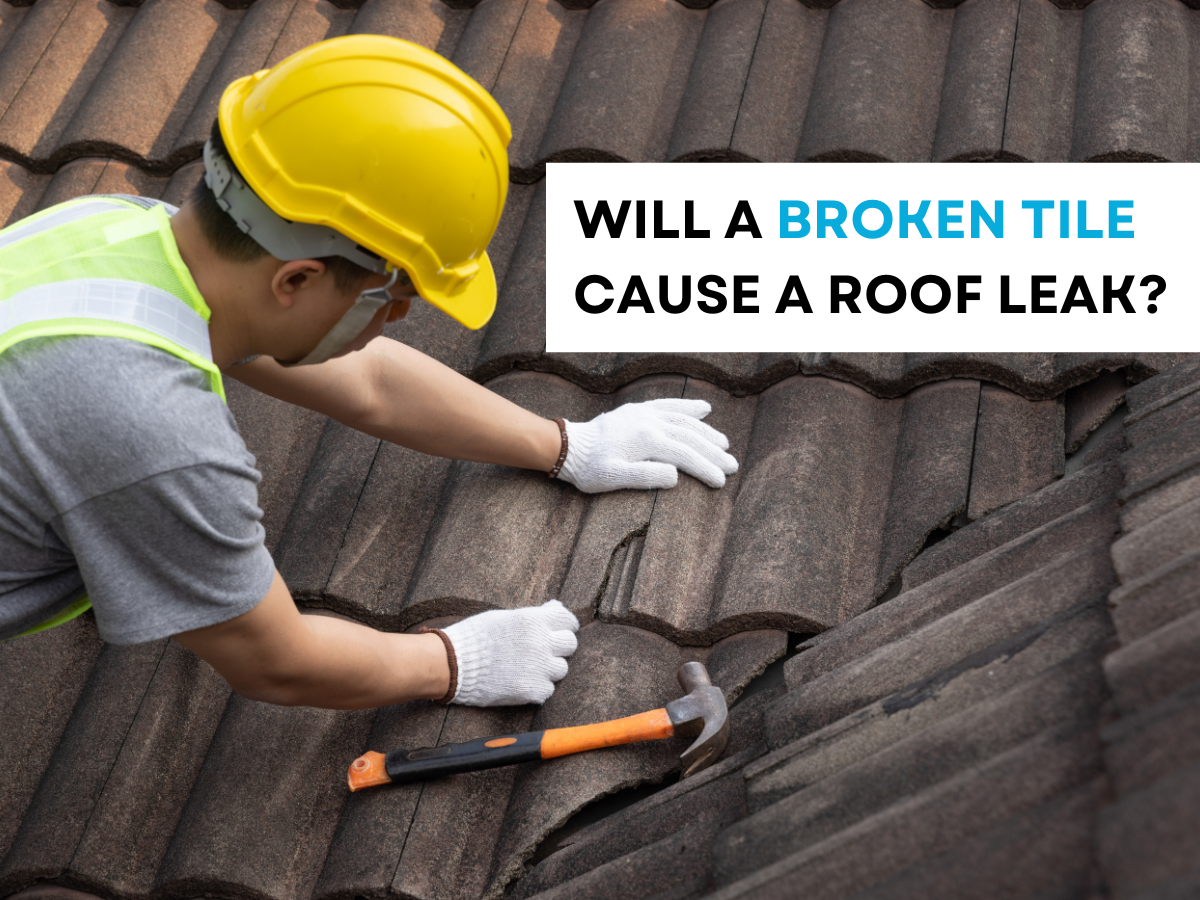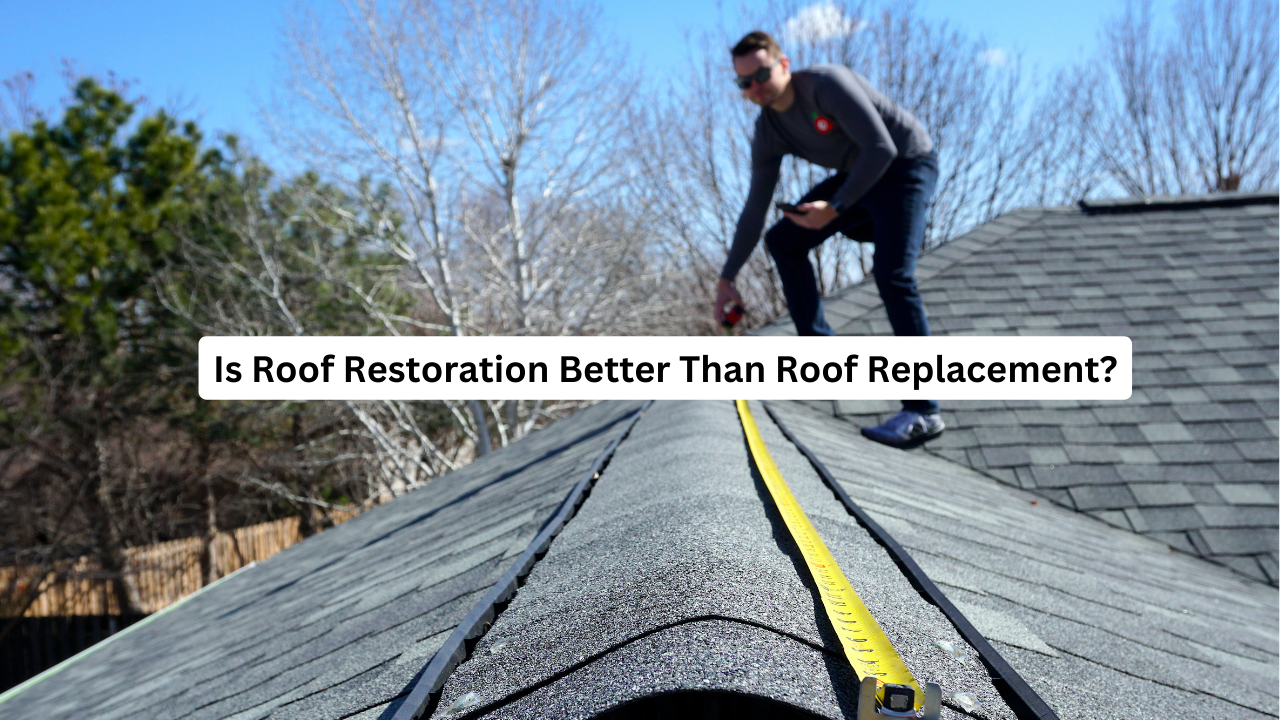
To receive your discount please fill in your details below.
It warms our hearts to see our valued HEROES being taken care off.





Are you tired of playing detective every time it rains, trying to track down that elusive roof leak?
Well, worry no more! As a seasoned roof repair specialist with years of experience under my belt (and a fair share of Aussie sunburns), I’m here to guide you through the mystery of finding roof leaks with ease.
You can skip the whole hassle and book a roof leak detection service from us, and we’ll fix it for you faster than your regular emergency service.

Understanding the significance of detecting roof leaks is crucial for maintaining a sound and secure home.
Roofs, despite their durability, are not immune to the ravages of time and weather.
When they start to deteriorate, a cascade of undesirable events can unfold.
For instance, if water infiltrates living areas, it can wreak havoc on furniture, flooring, and cherished belongings.
Homeowners equipped with the knowledge of what signs to look for can address these problems promptly.
Key indicators include;
Prompt identification and action allow homeowners to mitigate damage effectively, carry out necessary roof repairs, and restore their home to its usual state of comfort and safety.
Discovering a leaky roof often begins inside your home. Keep an eye out for stains and other tell-tale signs on walls, ceilings, and furniture. Here are some clear indicators that your roof may have a leak:
If you have a roof leak, your attic is often the first place you’ll notice it. Look over this area for signs of trouble at least twice a year.
Water damage can happen even if everything looks fine. Check the wood and insulation for wet spots or areas that are damp. These might not always be clear at first glance, so it’s important to feel the surfaces for any strange moisture.

Damp spots, which at first glance may appear to be black patches on your ceiling, are frequently an indication that there is a leak in your roof.
Unless they are halted, they have the potential to cause damage to structures and degrade timber. Moisture that is found in unusual areas, such as paint that is popping or walls that are damp, is an indication that water is entering your own residence.

The clearest sign that you have a leak in your roof is the sight of water flowing inside your home. This is an urgent issue and it’s crucial to act swiftly to prevent any further damage. When water starts to make its way indoors, it’s not just a minor inconvenience – it can lead to significant problems.
Firstly, the water can quickly damage your ceilings, walls, and floors. It can soak into carpets, ruin hardwood floors, and even lead to the weakening of structural elements in your home. The longer the leak is left unaddressed, the more extensive and costly the repairs can become.
If your attic has a musty smell, it’s a big sign that you shouldn’t ignore.
This smell is often a sign of wetness, which can happen after a small roof leak. Water that gets in through small holes or cracks in the roof makes a great place for mould and mildew to grow.
Fungal growths like these do best in damp, dark places, like many attics. A strong musty smell is often the first sign that they are there.
If you’re in the market for a new home or simply want to ensure the exterior of your property is in top shape, it’s essential to be aware of some key signs that may indicate roof problems. Here are some easy-to-understand tips to help you evaluate the condition of a roof:
The shingles on your roof protect your home very well. Some signs that the shingles are worn out are shingles that curl up or buckle. If your shingles are old or damaged, they could leak and cause a lot of damage to your home’s foundation and inside. Keep an eye out for this and think about getting new ones to make sure your roof stays strong.
To stop leaks, flashing is put around things that stick out from your roof, like chimneys or vents. Get inside and look for damage like open seams, tears, or rust if you can. Broken flashing can let water into your home, so if you see any problems, you should fix or repair it right away. To avoid getting hurt, you should leave this to professionals who have the experience to do this.

This can be easily spotted without having to climb the roof. If your roof tiles are broken, chipped, or missing, it’s clear that you need to fix it. As soon as possible, these should be changed. Putting off fixes can cause water to leak, which is especially bad for homes built with wood frames because it can cause mould to grow.

Not only does a thick layer of moss look bad, it can also be bad for your roof. Moss soaks up water, which can hurt your tiles and other parts of your house, like the walls and drains. Moss can be kept from growing on your roof by cleaning it often or getting help from a professional.
If you’re on the hunt for a leak in your roof, here are some handy tips;
There are other things you can try if this doesn’t find the leak:
To locate a roof leak, start with a visual inspection both inside and outside your home. Inside, look for water stains, mold, or discoloration on ceilings and walls, especially after a rainstorm. In the attic, check for wet spots or streaks on the underside of the roof. Outside, inspect the roof for damaged, missing, or aged shingles, and examine the flashing around chimneys, vents, and skylights. If these inspections don’t reveal the source, you may need to conduct a water test or use specialized tools.
Yes, there are tools designed to detect water leaks in a roof. Moisture meters are commonly used; they measure the level of moisture in different areas of the roof and help pinpoint the exact location of a leak. Infrared cameras are another tool that can be helpful, especially for larger or more complex roofs. These cameras can detect temperature differences in the roofing materials, indicating potential leaks.
The best method often depends on the specific situation, but a systematic approach usually works well. Start with a thorough visual inspection inside and out. If that doesn’t reveal the source, try a water test: one person showers the roof with water while another checks from the inside for any seepage. For complex leaks, professional tools like moisture meters or infrared cameras can be more effective. Remember, safety is paramount when inspecting a roof, so consider hiring a professional if the roof is steep or the leak is not easily accessible.
The most common places for roof leaks are around penetrations and interruptions in the roofing surface. These include areas around chimneys, vents, skylights, and where two roofing slopes meet. Flashing, the material that seals these areas, can degrade, rust, or become loose over time, allowing water to enter. Valleys, where two roof planes come together, are also prone to leaking, especially if they are not properly sealed or if debris accumulates and prevents water from flowing freely.
Remember, while finding the source of a roof leak can be a DIY task, repairing it often requires professional skills and tools, especially for complex or high roofs. Safety should always be your first priority.
In conclusion, finding roof leaks in Australia might seem challenging, but with the right approach, it’s definitely manageable. Stay vigilant for early signs like water stains or a musty attic smell. Remember, quick action can prevent extensive damage. If you’re ever unsure, don’t hesitate to call in the professionals for peace of mind. Happy leak hunting, and here’s to keeping your home safe and dry under the Australian sun!




